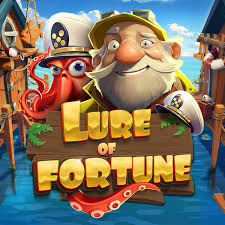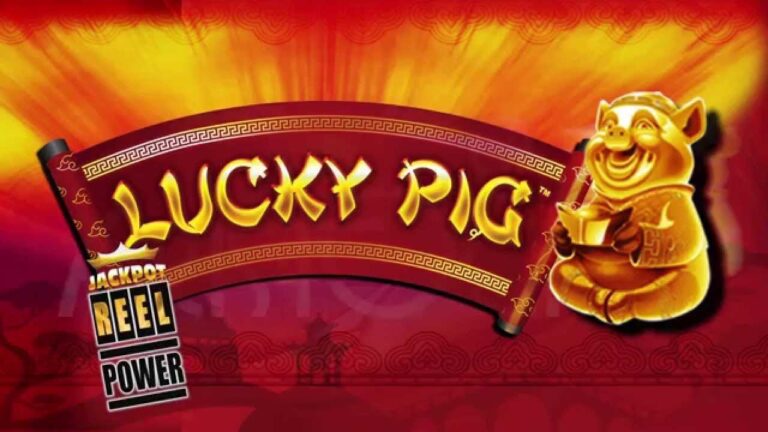
The Big Diamond: A Legacy Beyond Its Sparkle
The Big Diamond is more than just a brilliant gem—it’s a timeless symbol of power, prestige, and deep history. From royal collections to modern heirlooms, its influence spans generations, shaping legacies and market trends alike. On TRANG CHỦ ACB8, you’ll discover how this extraordinary stone continues to captivate and inspire. Join us as we explore its cultural significance, emotional value, and the fascinating journey behind its enduring allure.
The Science of Diamonds
Understanding the science behind diamonds enhances our appreciation of these remarkable stones. The allure of the Big Diamond lies not only in its visual appeal but also in its fascinating formation and unique characteristics.
The Four Cs of Diamonds
When discussing diamonds, one must consider the “Four Cs”: Cut, Color, Clarity, and Carat weight. Each aspect plays a critical role in determining the quality and, consequently, the value of a diamond.
Cut refers to how well a diamond has been shaped and faceted. The precision of the cut affects the stone’s brilliance and sparkle. An expertly cut diamond maximizes light reflection, giving it that irresistible shine. For the Big Diamond, cut is paramount—its size demands exceptional craftsmanship to ensure it dazzles.
Color denotes the presence of any tint within a diamond. While most people associate diamonds with clear, colorless stones, the grading scale ranges from D (colorless) to Z (light yellow). The rarity of colorless big diamonds significantly increases their desirability and price.
Clarity assesses the presence of inclusions or blemishes within the diamond. Flawless diamonds are exceedingly rare, and even minor imperfections can influence a diamond’s value. When searching for a Big Diamond, clarity becomes a vital consideration, as flaws may be magnified due to the size.
Lastly, carat weight measures the size of the diamond. Larger diamonds are inherently rarer and command higher prices, making the acquisition of a big diamond an investment in both beauty and prestige.
Diamond Grading and Certification
The process of grading diamonds involves expert appraisers who evaluate the Four Cs to provide a comprehensive assessment. Reputable grading laboratories, like the Gemological Institute of America (GIA), issue certificates verifying a diamond’s attributes, ensuring buyers make informed decisions.
Purchasing a Big Diamond should always involve examining its certification. This document not only details the stone’s characteristics but also serves as a safeguard against potential scams. Understanding the certification process adds an extra layer of confidence when investing in such a significant purchase.
The Ethical Considerations
In recent years, the diamond industry has faced scrutiny regarding ethical sourcing practices. Concerns over conflict diamonds—those mined in war zones and sold to finance armed conflict—have prompted consumers to demand greater transparency and responsibility from retailers.
As a result, initiatives such as the Kimberley Process Certification Scheme emerged, aiming to prevent the trade of conflict diamonds. When acquiring a big diamond, it’s crucial to research the jeweler’s sourcing policies and ensure that your purchase supports ethical practices.
Cultural Impact of Big Diamonds
The Big Diamond has played an essential role across cultures and societies, influencing art, fashion, and even social movements. Exploring its cultural impact unveils deeper meanings behind these glittering gemstones.
Diamonds in Art and Literature
Throughout history, diamonds have inspired artists, writers, and musicians, becoming symbols of beauty and unattainable desires. Renowned authors like William Shakespeare and F. Scott Fitzgerald have alluded to diamonds in their works, highlighting their multifaceted symbolism of love, ambition, and loss.
Artistic representations of diamonds often capture their brilliance, inspiring countless paintings and sculptures. From the impressionist works of Van Gogh to contemporary interpretations in digital art, diamonds signify both opulence and fragility. They remind us of the delicate balance between human aspirations and nature’s creations.
Diamonds in Fashion and Celebrity Culture
In the realm of fashion, the Big Diamond has served as a focal point for designers and celebrities alike. Iconic pieces, such as Elizabeth Taylor’s renowned collection, showcase the dazzling allure of big diamonds. Red carpet events have turned into stages for showcasing these extravagant jewels, with stars donning exquisite diamond-adorned gowns and accessories.
Fashion houses have also embraced diamonds, integrating them into their collections. Major brands like Chanel and Dior have crafted stunning pieces that reflect the timeless beauty of big diamonds, appealing to those who seek to combine luxury with artistry. The relationship between diamonds and fashion continues to evolve, demonstrating how these stones remain relevant in modern aesthetic conversations.
Social Movements and Empowerment
In recent years, the conversation surrounding diamonds has shifted to include themes of empowerment and identity. Movements advocating for body positivity and self-love have adopted diamonds as symbols of self-worth and personal achievement. The notion of purchasing a Big Diamond as a celebration of one’s journey resonates with many individuals seeking to embrace their uniqueness and accomplishments.
This new narrative reinforces the idea that diamonds are not solely for romantic partnerships but can also serve as powerful symbols of individuality and strength. By redefining the traditional view of diamonds, society is encouraging people to celebrate themselves and their achievements.



